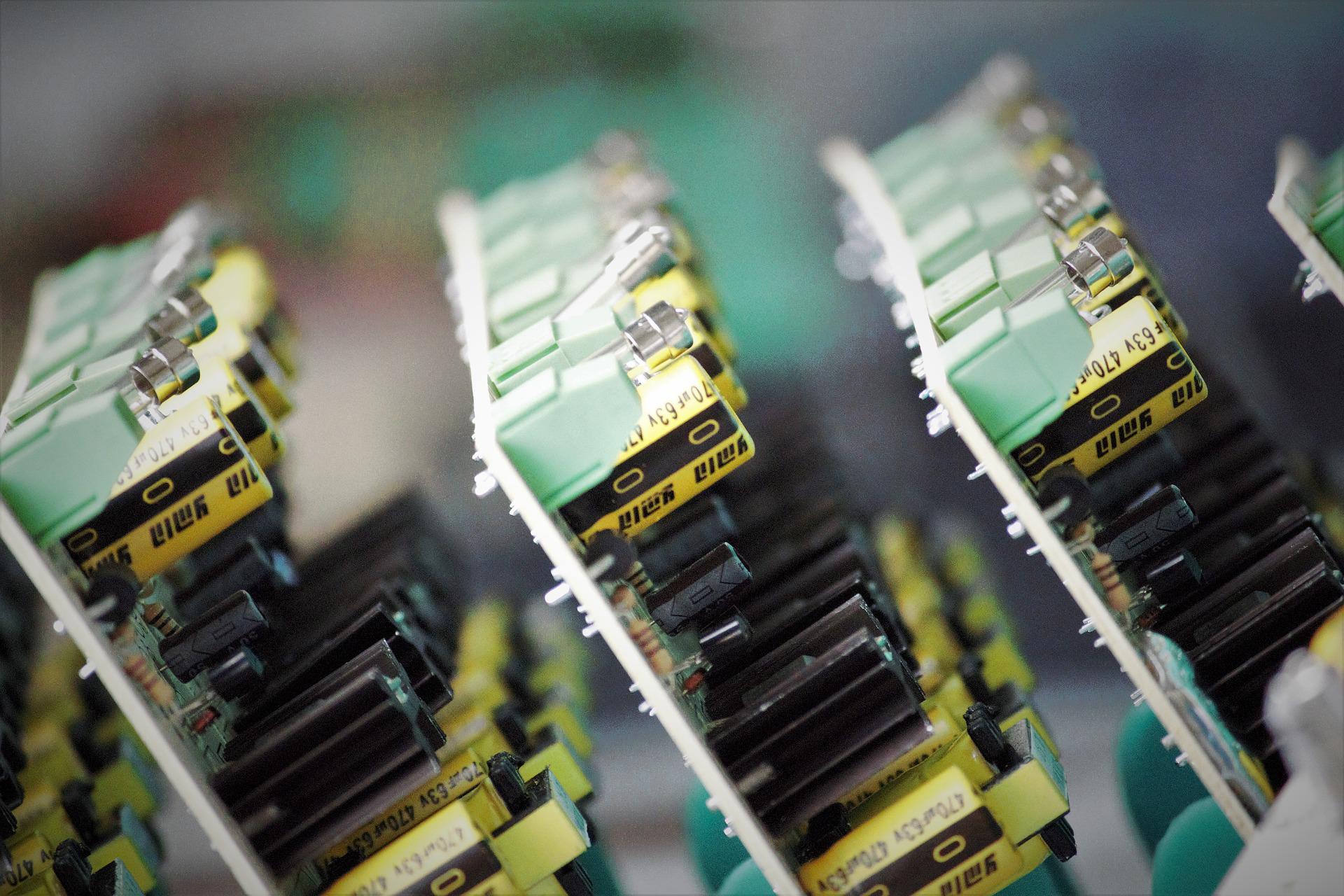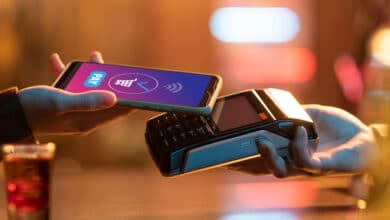How did PCB evolve?

PCBs (printed circuit boards) are the foundation of modern electronics. They evolved from a tool used to construct electrical circuits into a commodity that is used in almost every device we use today. However, very few people know how this happened or why it’s so important. In this article we’ll look at the evolution of PCBs and discuss how they came to be used in everything from computers to medical equipment.
What is PCB?
PCB is a thin, flat substrate that can be used to create printed circuit boards (PCBs). It has copper layers, which are connected by copper traces and pads. A PCB is the main component of any electronic device that needs to be manufactured in large quantities. It allows for interconnectivity between different components and it’s also used as a substrate for mounting other components on top of it.
History
The historical evolution of PCB dates from the 19th century. The first printed circuit boards were invented in the 1950s, when the American military commissioned a group of scientists to create a better way for soldiers to communicate wirelessly. The result was a device called an “I-beam,” which consisted of copper strips placed on a thin piece of fiber board and connected by metal pads. This design allowed radio signals to be transmitted through radio or telephone networks without any wires between them. It was also easy to repair—you could simply remove the damaged parts and solder new ones in their place!
The development of this technology led to further improvements, including PCB Assembly made from thin sheets of plastic instead of fiberboard; they were more durable than the original I-beams but still required soldering together before use (a process known as “hacking”). Another improvement came when electronic components started being used on PCBs instead of solder; this allowed for greater flexibility in designing your own devices with different kinds of electronics attached.
Types
The first PCBs were single-sided and had no plating through holes. These are the cheapest PCBs to manufacture, but they can only be used for simple applications with a small number of connections. They are also more susceptible to damage by electrostatic discharge (ESD) than double-sided boards, since one layer is exposed to the outside world.
Double-sided boards have a top and bottom layer separated by an insulating substrate such as fiberglass cloth or epoxy resin that provides mechanical support while allowing electrical connections between layers. This gives you twice as many connection points without having to add through holes or routing traces in your design!
Multi-layer boards take this concept even farther: there could be up to several dozen thin copper layers stacked together using different materials like FR4 (a type of glass-reinforced epoxy laminate).
A typical example would be a 2oz copper core surrounded by 1oz copper for strength before being covered by another material like FR4 – making it possible for designers working on complex designs requiring lots of power distribution points throughout their circuit board!
Modern PCBs
They are extremely thin, flexible and lightweight. They have been designed to be as thin as possible without compromising on performance, durability or cost. This is especially important for applications where size and weight are critical factors like in aerospace and medical devices. Modern PCB manufacturing is done in a wide range of sizes and shapes, from small flexible PCBs used in wearable devices to large rigid PCBs used in the aerospace industry.
Conclusion
As you can see, the history of PCBs is a long and complicated one. It’s not just about the technology—it’s also about how we got here in the first place. But it’s important to remember that no matter what happens next, PCB will continue to evolve as long as there are people out there who need something like it in order to make their lives easier (or harder).
Also Read: Why Safe Agile Certification In Bangalore Is Worth It.






